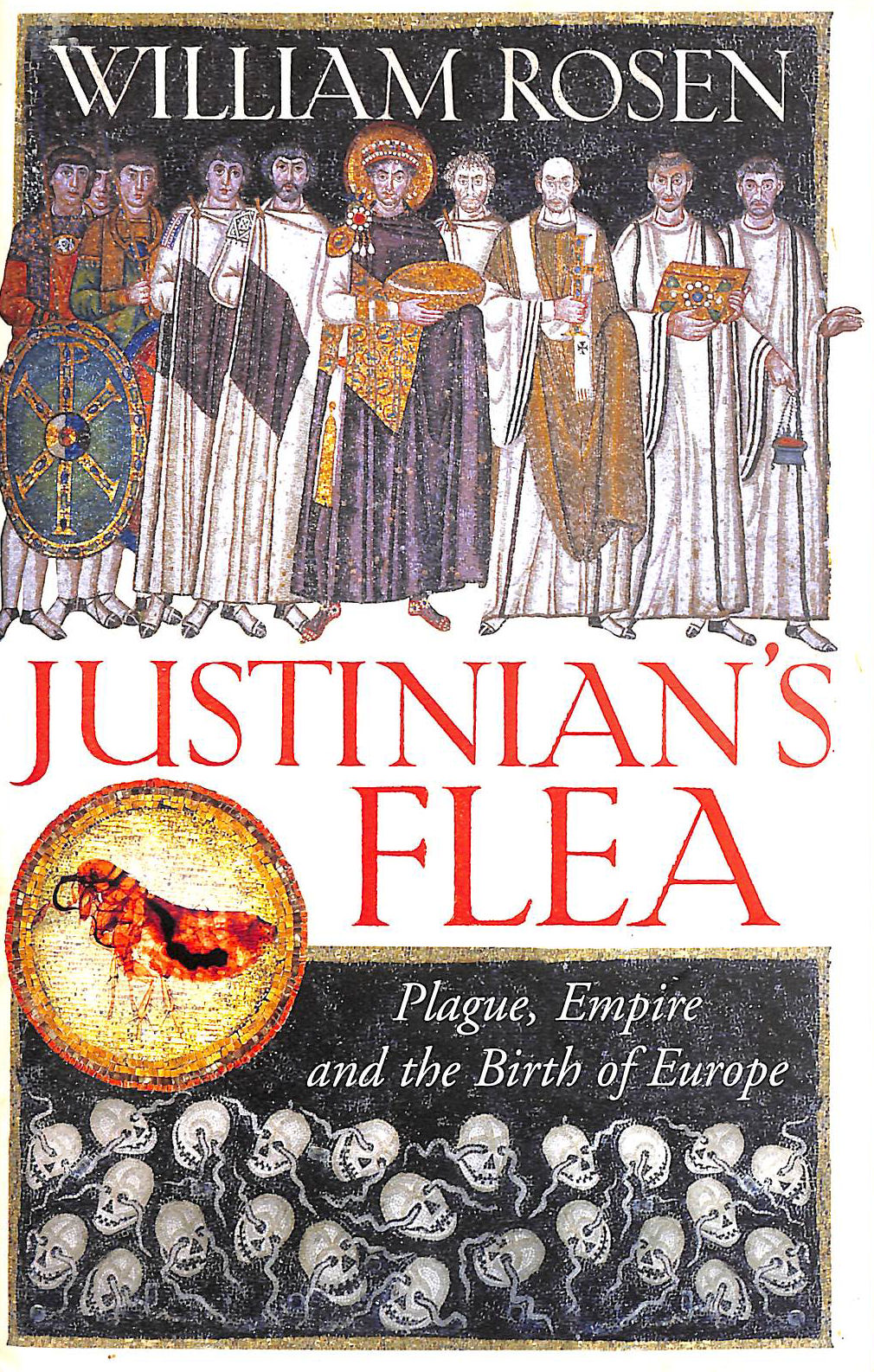
In the world of antiquity, however, it was understood as nothing more than a catastrophic act of God. The Justinian plague was a Bubonic plague that is transmitted by the bite of an infected flea or rodent. The plague resulting from the bacterium took different forms. The plague was caused by Yersinia pestis, the same bacterium that caused the disastrous Black Death in Europe, in the 14th century, and later the third plague pandemic of the 19th century. While some accounts of it suggest the plague recurred 14 times, others say 18 or 21. The Justinian plague itself is recorded to have recurred multiple times in the course of the next two hundred years. From Egypt it spread through trade routes and by 544 CE had spread through Central Asia, Europe, and the Mediterannean. The Justinian plague is known to have originated at Pelusium at the Eastern edge of the Nile delta in Egypt, even though the roots of the bacterium causing it was first found at Qinghai in China. Along the way, it would consume at least 25 million human lives.” A disastrous act of God As historian William Rosen wrote in his book ‘Justinian’s Flea: Plague, Empire, and the Birth of Europe’, the plague “would mark the end of one world, and the beginning of another. Having conquered large parts of North Africa, and the Italian peninsula, the Byzantine Empire under Justinian I was at its peak when the plague broke out. The Plague of Justinian, as it came to be known after Emperor Justinian I who held the throne of Byzantium, is found to have transmitted through black rats that traveled on the grain ships and carts sent to Constantinople.

This time though, along with the food grains, came a disease that would wreak havoc across the empire, and alter the course of its history. The Byzantine empire for which it was headed, had for centuries depended on North Africa to meet its requirements of food grain. In the year 540 CE, a fleet of ships left the port of Alexandria for some of the greatest trading cities in the Mediterranean region including those in Turkey, Italy and Spain. The message was, and still remains the same- there is hope! Loss of lives and livelihoods had followed, distress and despair experienced, and yet despite the scale of devastation, the human race made peace with its surroundings and came out victorious. Each of these began as a biological phenomenon, but soon turned into economic, social, or political ones.


In this five-part series, will chart out how major epidemics of the past have altered the course of history in the world.


 0 kommentar(er)
0 kommentar(er)
